Advanced Programing
Augmented reality is an interactive experience of a real-world environment
Augmented reality is an interactive experience of a real-world environment
Augmented reality is an interactive experience of a real-world environment
Augmented reality is an interactive experience of a real-world environment
Augmented reality is an interactive experience of a real-world environment
Augmented reality (AR) is an interactive experience of a real-world environment where the objects that reside in the real world are enhanced by computer-generated perceptual information, sometimes across multiple sensory modalities, including visual, auditory, haptic, somatosensory and olfactory AR can be defined as a system that incorporates three basic features: a combination of real and virtual worlds, real-time interaction, and accurate 3D registration of virtual and real objects.
The overlaid sensory information can be constructive , or destructive. This experience is seamlessly interwoven with the physical world such that it is perceived as an immersive aspect of the real environment. In this way, augmented reality alters one's ongoing perception of a real-world environment, whereas virtual reality completely
Augmented reality (AR) is an interactive experience of a real-world environment where the objects that reside in the real world are enhanced by computer generated perceptual information, sometimes across multiple sensory modalities, including visual, auditory, real-time interaction, and accurate
Augmented reality (AR) is an interactive experience of a real-world environment where the objects that reside in the real world are enhanced by computer generated perceptual information, sometimes across multiple sensory modalities, including visual, auditory, real-time interaction, and accurate
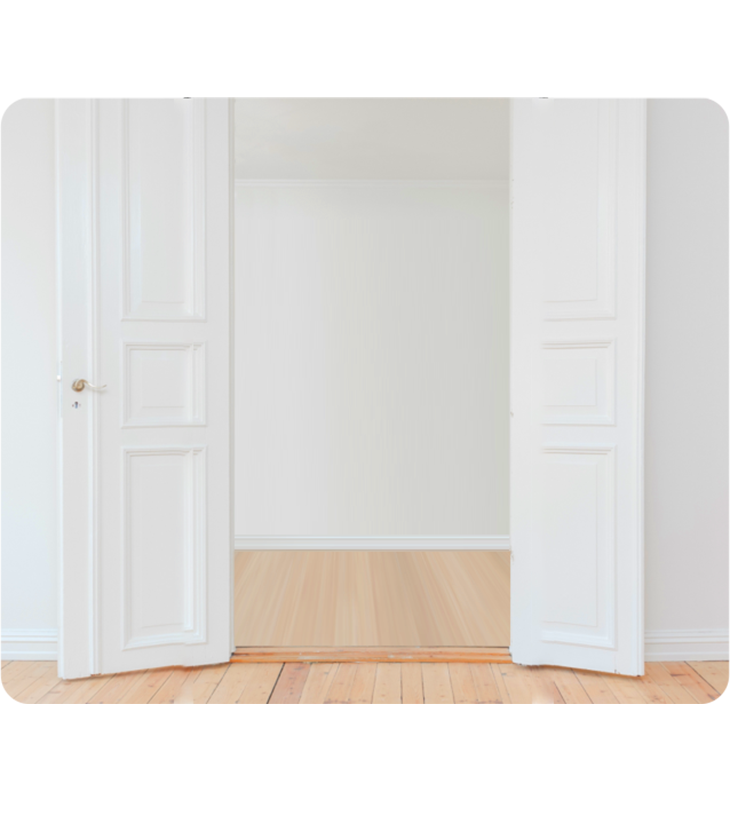
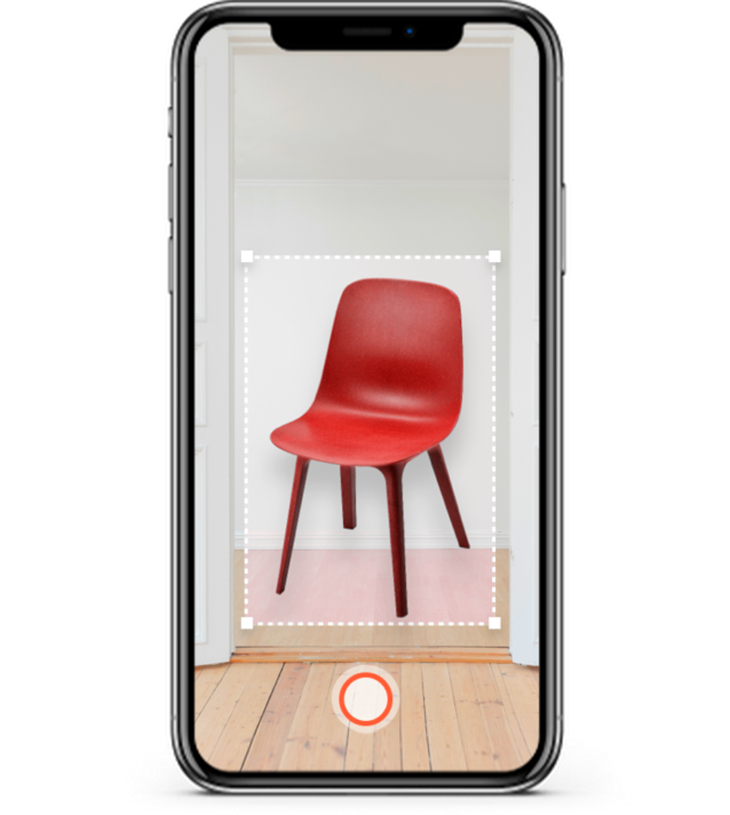

The overlaid sensory information can be constructive , or destructive. This experience is seamlessly interwoven with the physical world such that it is perceived as an immersive aspect of the real environment. In this way, augmented reality alters one's ongoing perception of a real-world environment, whereas virtual reality completely replaces the user's real-world environment with a simulated one. Augmented reality
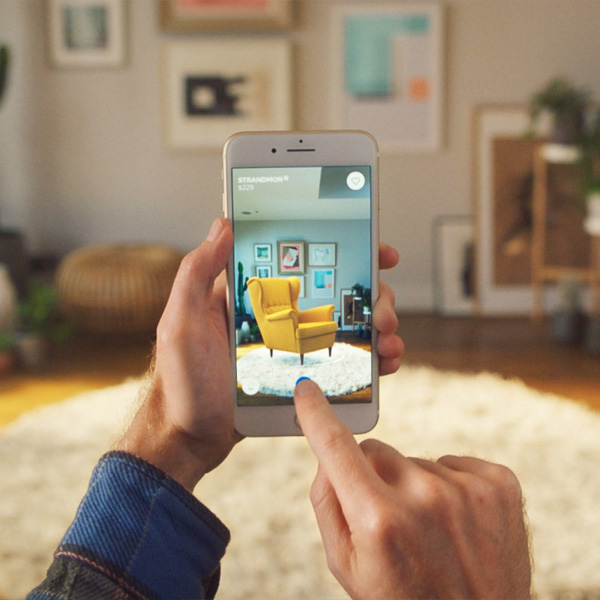
The overlaid sensory information can be constructive , or destructive. This experience is seamlessly interwoven with the physical world such that it is perceived as an immersive aspect of the real environment. In this way, augmented reality alters one's ongoing perception of a real-world environment, whereas virtual reality completely replaces the user's real-world environment with a simulated one. Augmented reality
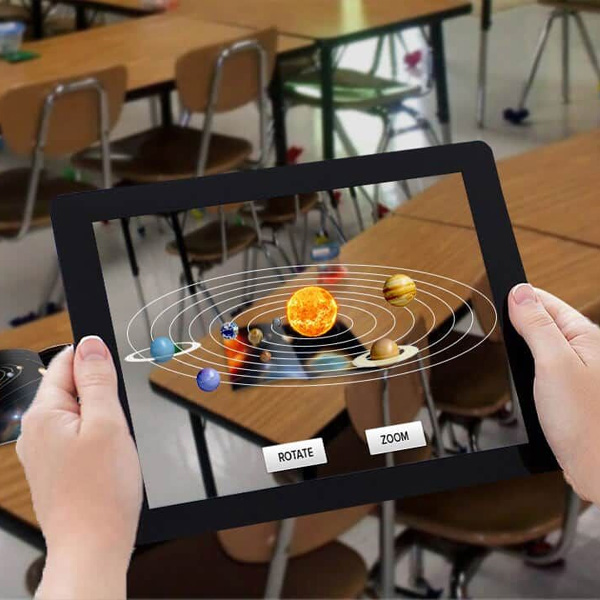
The overlaid sensory information can be constructive , or destructive. This experience is seamlessly interwoven with the physical world such that it is perceived as an immersive aspect of the real environment. In this way, augmented reality alters one's ongoing perception of a real-world environment, whereas virtual reality completely replaces the user's real-world environment with a simulated one. Augmented reality
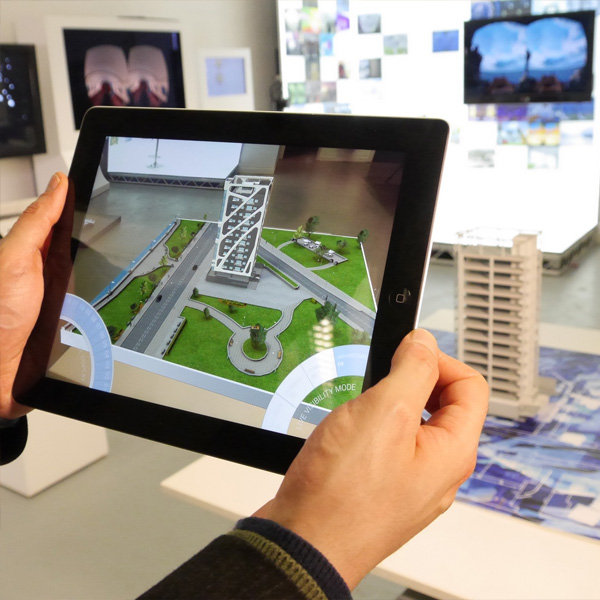
The overlaid sensory information can be constructive , or destructive. This experience is seamlessly interwoven with the physical world such that it is perceived as an immersive aspect of the real environment. In this way, augmented reality alters one's ongoing perception of a real-world environment, whereas virtual reality completely replaces the user's real-world environment with a simulated one. Augmented reality
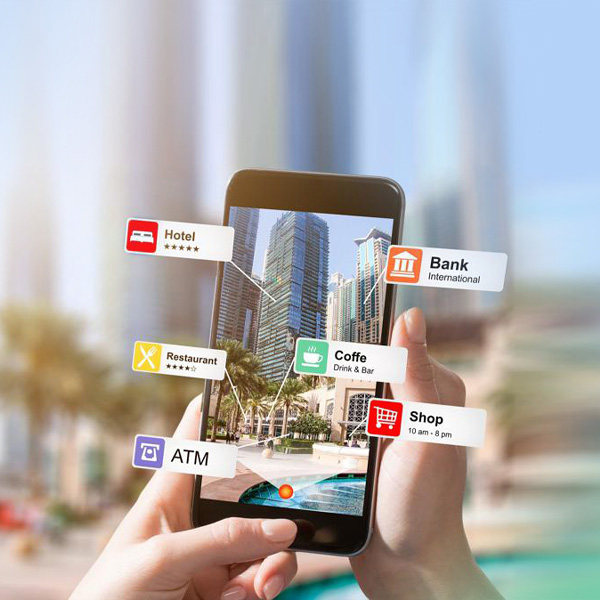
The overlaid sensory information can be constructive , or destructive. This experience is seamlessly interwoven with the physical world such that it is perceived as an immersive aspect of the real environment. In this way, augmented reality alters one's ongoing perception of a real-world environment, whereas virtual reality completely replaces the user's real-world environment with a simulated one. Augmented reality
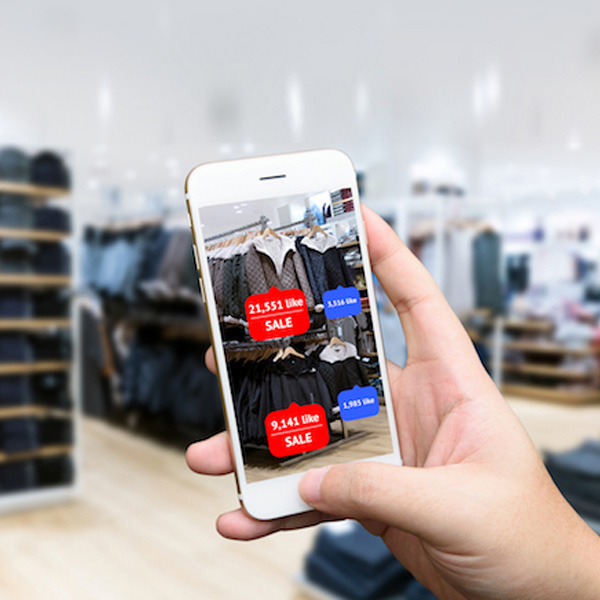
The overlaid sensory information can be constructive , or destructive. This experience is seamlessly interwoven with the physical world such that it is perceived as an immersive aspect of the real environment. In this way, augmented reality alters one's ongoing perception of a real-world environment, whereas virtual reality completely replaces the user's real-world environment with a simulated one. Augmented reality
Augmented reality (AR) is an interactive experience of a real-world environment where the objects that reside in the real world are enhanced by computer-generated perceptual information, sometimes across multiple sensory modalities, including visual, auditory, haptic, somatosensory and olfactory AR can be defined as a system that incorporates three basic features: a combination of real and virtual worlds, real-time interaction, and accurate 3D registration of virtual and real objects.









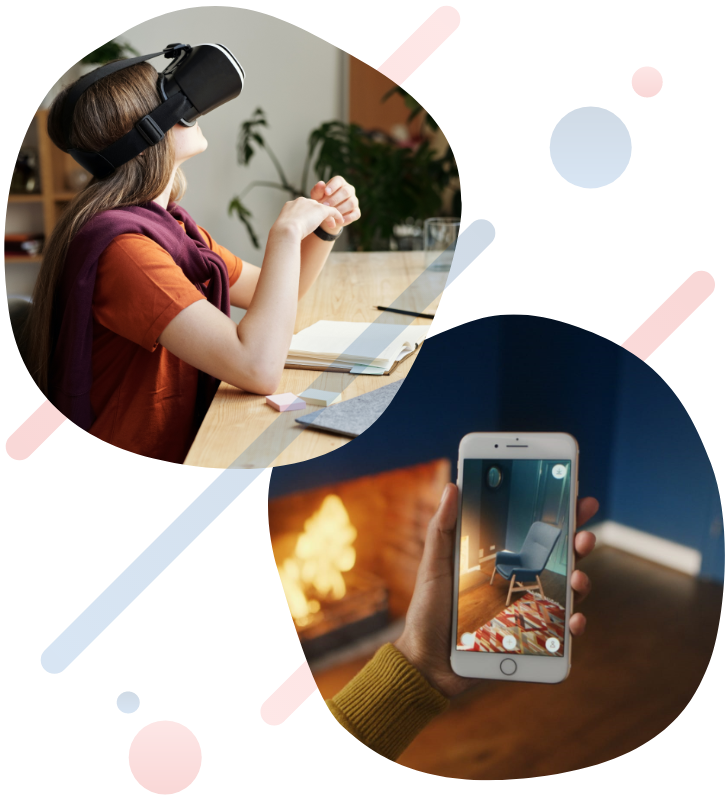
Augmented reality is an interactive experience of a real-world environment where the objects that reside in the real world are enhanced by computer generated information, sometimes across multiple sensory modalities, including visual, auditory, haptic.
Augmented reality is an interactive experience of a real-world environment where the objects that reside in the real world are enhanced by computer-generated perceptual information, sometimes across multiple sensory modalities, including visual, auditory, haptic, somatosensory and olfactory AR can be defined as a system that incorporates three basic features.
Augmented reality is an interactive experience of a real-world environment where the objects that reside in the real world are enhanced by computer-generated perceptual information, sometimes across multiple sensory modalities, including visual, auditory, haptic, somatosensory and olfactory AR can be defined as a system that incorporates three basic features.
Augmented reality is an interactive experience of a real-world environment where the objects that reside in the real world are enhanced by computer-generated perceptual information, sometimes across multiple sensory modalities, including visual, auditory, haptic, somatosensory and olfactory AR can be defined as a system that incorporates three basic features.
Augmented reality is an interactive experience of a real-world environment where the objects that reside in the real world are enhanced by computer-generated perceptual information, sometimes across multiple sensory modalities, including visual, auditory, haptic, somatosensory and olfactory AR can be defined as a system that incorporates three basic features.
Augmented reality is an interactive experience of a real-world environment where the objects that reside in the real world are enhanced by computer-generated perceptual information, sometimes across multiple sensory modalities, including visual, auditory, haptic, somatosensory and olfactory AR can be defined as a system that incorporates three basic features.
Partner up with Vofox and let our professional AR app development services ensure the high quality and fast delivery of your augmented reality app! Augmented reality is an interactive experience of a real-world environment.
The biggest challenges in any AR app development process are associated with object/scene recognition, occlusion, and content creation & maintenance. We skillfully handle all these tasks and provide content-rich and reliable AR solutions.
We make sure that your app precisely recognizes scenes and objects in various conditions and places 3D models with realistic occlusion. The learning of our object/scene recognition and depth perception algorithms doesn’t end with the release: while apps are being used.
We make sure that your app precisely recognizes scenes and objects in various conditions and places 3D models with realistic occlusion. The learning of our object/scene recognition and depth perception algorithms doesn’t end with the release: while apps are being used.
We make sure that your app precisely recognizes scenes and objects in various conditions and places 3D models with realistic occlusion. The learning of our object/scene recognition and depth perception algorithms doesn’t end with the release: while apps are being used.